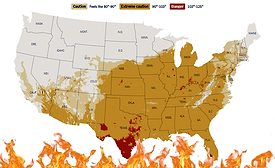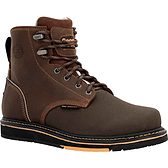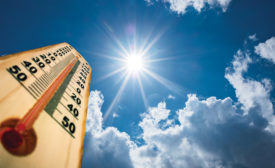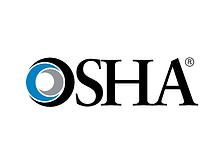Home » Keywords: » heat
Items Tagged with 'heat'
ARTICLES
Is it Hot or Just You?
For those who work outdoors, including roofers and other construction trades, a warming planet inspires a new index from the Centers for Disease Control
Read More
Summertime Safety
OSHA Seeks Photos for ‘Beat the Heat’ Contest
Photo contest seeks to promote outdoor, indoor heat danger awareness
Read More
Joint Venture
NanoTech Materials, Tesson Roofing Collaborate on Arizona ‘Cool Roof’ Initiative
Newly formed subsidiary to focus on cutting indoor temperatures for owners of large-roof commercial and industrial structures
Read More
Be in the forefront of the roofing industry!
Join thousands of professionals today. Shouldn’t you know what they know?
JOIN NOW!Copyright ©2024. All Rights Reserved BNP Media.
Design, CMS, Hosting & Web Development :: ePublishing











